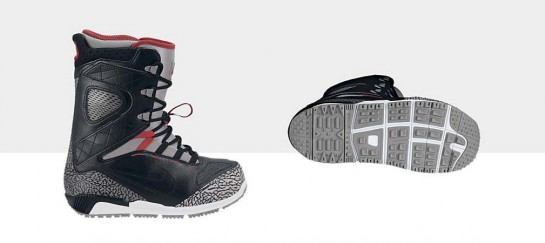
Are silicone or rubber intercooler boots best for a 6.7L Cummins engine?
When optimizing the performance of a 6.7L Cummins engine, one critical component that often prompts discussion is the choice between silicone and rubber intercooler boots. Durability and efficiency are paramount when it comes to these parts, as they must withstand the turbocharged diesel engine’s high temperatures and pressure differentials. Silicone intercooler boots are praised for their heat resistance and longevity, which make them suitable for the harsh environment within the engine bay.
In comparison, rubber boots are a traditional choice, known for their initial lower cost and ease of installation. However, they may not stand up to extreme conditions over time, leading to more frequent replacements. The right choice of 6.7 Cummins intercooler boots can influence not only the turbo system’s reliability but also the engine’s overall performance. It is important to weigh the pros and cons of each material’s properties to make an informed decision that balances out durability, cost-effectiveness, and engine efficiency.
Key Takeaways
- Silicone boots excel in durability and heat resistance.
- Rubber boots are cost-effective but may wear more quickly.
- Material choice impacts long-term performance and efficiency.
Material Properties and Engine Performance
When improving the 6.7L Cummins engine, choosing silicone and rubber intercooler boots can significantly affect durability and efficiency. This section will discuss their chemical and physical characteristics, their impact on engine efficiency, and their influence on power output.
Chemical and Physical Characteristics of Silicone and Rubber
Silicone is typically resistant to extreme temperatures, UV light, and ozone degradation. Its elastic properties allow for better vibration absorption and thermal stability. On the other hand, rubber boots are made from natural or synthetic rubber, but they tend to harden and crack over time, especially when exposed to oil, which can cause leaks at high boost levels.
Impact on 6.7L Cummins Engine Efficiency
The integrity of intercooler boots is crucial for the 6.7L Cummins engine, which relies on a turbocharged fuel system and high compression ratio. Silicone boots maintain flexibility and seal under wide temperature fluctuations, thus ensuring consistent compression and minimal boost leaks. In contrast, degraded rubber boots may lead to boost loss, reducing the overall efficiency of the turbocharged system.
Influence on Horsepower and Torque Output
Intercooler boots directly influence the air delivery to the engine, affecting horsepower and torque. Silicone boots can withstand high boost pressures without deforming and contribute to optimal air charge density. As a result, the 6.7L Cummins can effectively maintain its rated power output. Rubber boots, if not maintained, could reduce performance due to the potential for leaks or ruptures at critical boost levels.
Practical Insights and Recommendations
To enhance the performance and durability of the 6.7L Cummins engine, especially for models like the Dodge Ram 2500 and Ram 3500, owners must consider the type of intercooler boots to employ. The choice between silicone and rubber can significantly impact heavy-duty usage, efficiency, maintenance costs, and suitability for particular applications.
Comparative Durability in Heavy Duty Scenarios
Silicone intercooler boots typically outperform their rubber counterparts when subjected to heavy-duty conditions such as frequent towing or high-load transportation. Silicone’s resistance to extreme temperatures and degradation means it can withstand the rigorous demands of turbos in diesel engines better than rubber. Owners of the Dodge Ram series pursuing heavy towing applications should note that silicone’s inherent material properties confer superior durability in high-stress scenarios.
Long-Term Efficiency and Maintenance Costs
Silicone boots are generally more resistant to hardening, cracking, and ozone deterioration over time than rubber boots. This leads to fewer replacements and maintenance interruptions, which translates into sustained cooling efficiency of the air-to-air intercooler system and overall cost savings. The 6.7 Cummins intercooler boots are crucial in maintaining the turbocharger’s performance, and opting for silicone can mitigate the long-term wear and tear associated with demanding diesel engine operations.
Optimal Choices for Specific Applications
The specific application of the 6.7L Cummins engine should inform the selection between silicone and rubber intercooler boots. Silicone boots are recommended for drivers of vehicles such as the Ram 3500 utilized in constant high-temperature environments or where engine modification has increased performance requirements. Conversely, rubber may suffice in daily driving scenarios with lesser performance demands. It is crucial to consider the engine’s needs to ensure the cooling system remains competent and the transition between turbocharger and intercooler is seamless.
Conclusion
Silicone intercooler boots are favored for their enhanced durability and temperature resistance. They consistently outperform rubber when subjected to the rigorous conditions experienced in a 6.7L Cummins engine. Rubber boots may perform satisfactorily at lower temperatures but generally degrade faster under high-heat scenarios. These attributes make silicone boots more reliable and efficient for maintaining intercooler system integrity.
Daily Newsletter
Subscribe to Jebiga for a dose of the best in gear, design, rides, tech and adventure.






